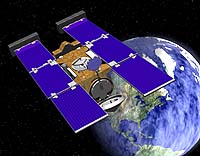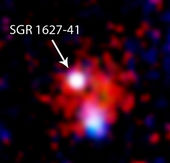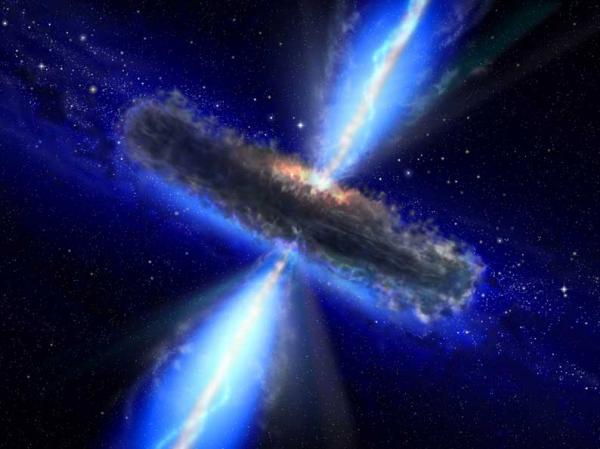
© NASAStardust-NExT on Its Way to Explore Comet Tempel 1.
On Jan. 14, NASA's Stardust-NExT spacecraft will fly by Earth during a gravity assist maneuver that will increase its velocity and sling shot the spacecraft into an orbit to meet up with comet Tempel 1 in February 2011. Flight operations for the spacecraft are performed from Lockheed Martin's Mission Support Area in Denver, Colo. The Jet Propulsion Laboratory in Pasadena, Calif. provides the precision navigation need for the flyby and the journey to Tempel 1.
The Lockheed Martin-built spacecraft's closest approach will happen at 12:33 p.m. MST as it comes within 5,690 miles (9,157 km) of Earth. At its closest point, the spacecraft will fly over the California/Mexico border south of San Diego at a speed of approximately 22,400 miles per hour (36,000 kilometer per hour).
"We performed our final trajectory correction maneuver on Jan. 5 that put us into a precise position for the flyby," said Allan Cheuvront, Stardust-NExT program manager at Lockheed Martin Space Systems Company.

